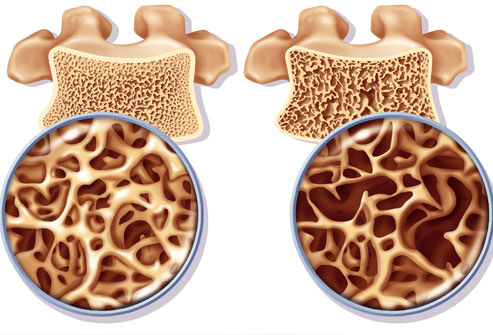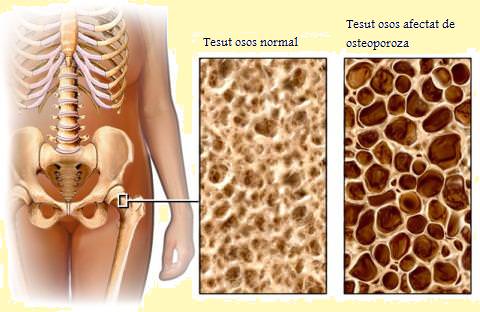Modern Haemorrhoid Disease Treatment Methods
Haemorrhoids arise from congestion of internal and/or external venous congestion around the anal canal. Depending on their severity, haemorrhoids are classified into four groups.
The first group comprises haemorrhoids that bleed but do not prolapse outside of the anal canal; the second group comprises haemorrhoids that prolapse outside of the anal canal, usually upon defecation, but retract spontaneously. The haemorrhoids in the third group require


